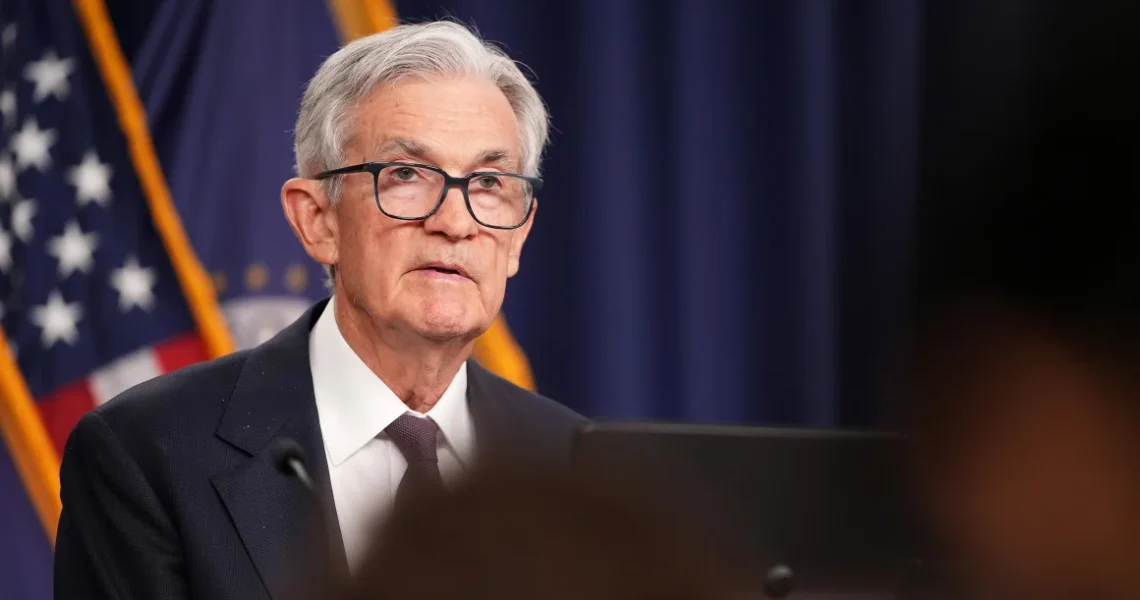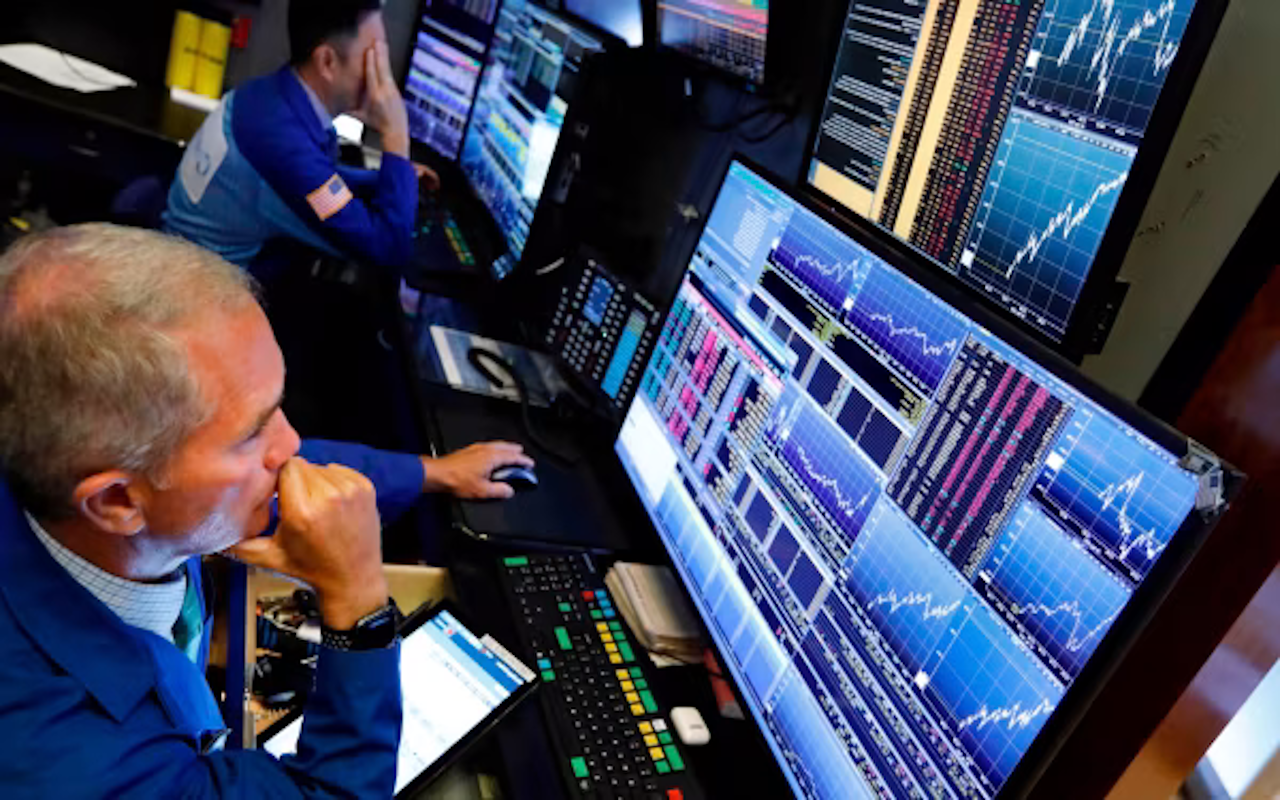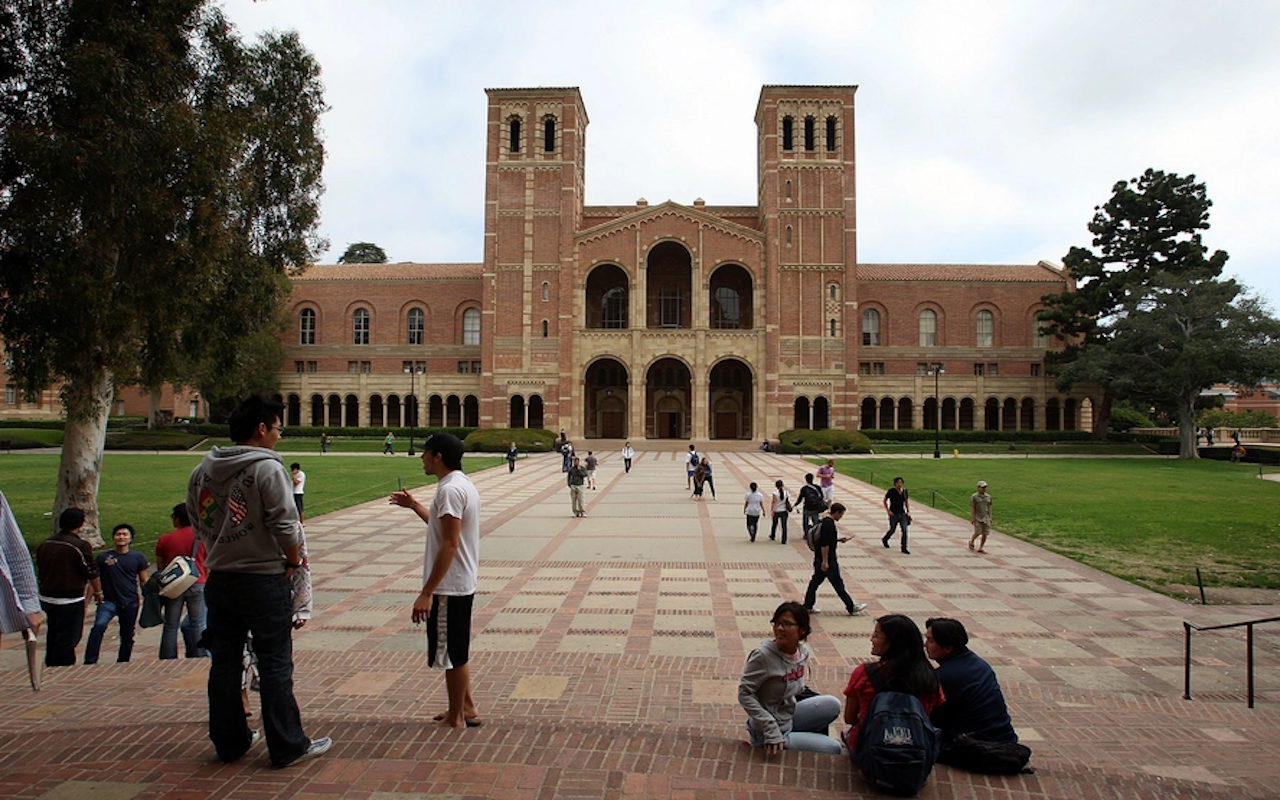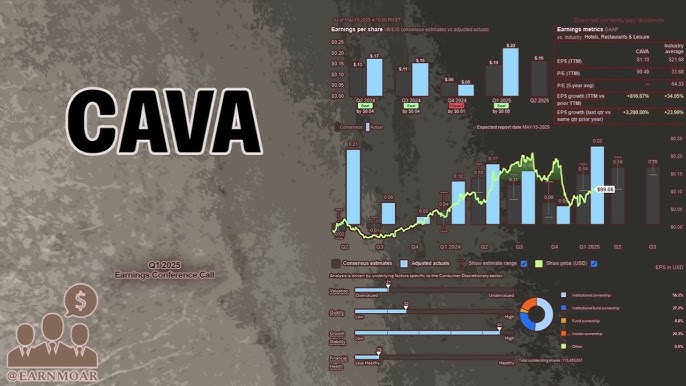Fed Holds Rates Steady Amidst Trade War Uncertainty
The Federal Reserve, the central bank of the United States, announced on Wednesday that it would maintain its current stance on interest rates, opting to hold them steady. This decision keeps the benchmark lending rate within its established range of 4.25% to 4.5%, extending a holding pattern that began in January.
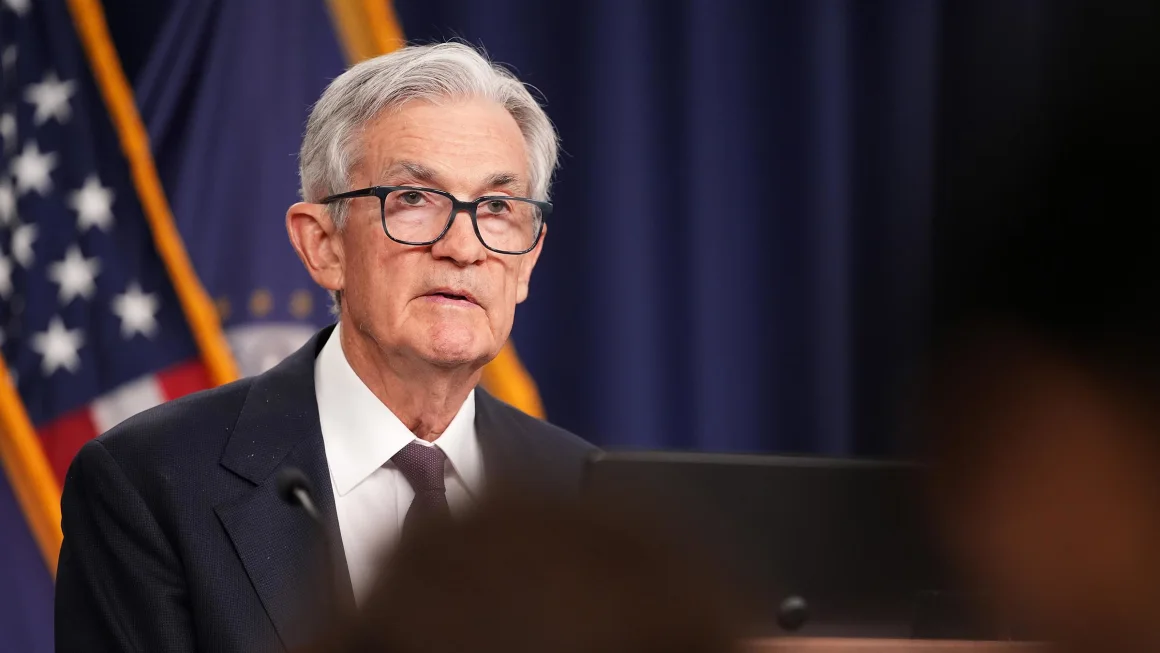
Fed Holds Rates Steady Amidst Trade War Uncertainty
The Fed’s choice to remain on the sidelines comes as the US economy begins to show discernible effects of President Trump’s ongoing and, as described in the announcement’s context, “haphazard trade war.”
The Federal Reserve’s Decision
The Federal Reserve’s primary role is to manage the nation’s monetary policy to promote two key goals: maximum employment and stable prices (low inflation). The decision to adjust or maintain interest rates is their primary tool for influencing borrowing costs, economic activity, and ultimately, inflation and employment levels.
Fed officials indicated that the current environment necessitates a wait-and-see approach, preferring to await more data to fully understand how the US economy is responding to the significant policy shifts introduced by the Trump administration, particularly those related to trade.
Economic Uncertainty and Rising Stagflation Risks
In its latest policy statement accompanying the decision, the Federal Reserve acknowledged growing concerns about the economic outlook. The central bank stated that the “risks of higher unemployment and higher inflation have risen.” This combination of slowing economic growth or rising unemployment alongside increasing prices is a challenging scenario known as stagflation.
Fed Chair Jerome Powell, in a subsequent news conference, highlighted the pervasive uncertainty facing the economy, stemming from questions about future policy direction and how the global economy will evolve amidst the ongoing trade disputes. He reiterated the growing threat of stagflation but pointed to the strength of the American labor market as a reassuring “bright spot.”
Impact of the Trade War on Economic Growth
The trade war, characterized by President Trump’s fluctuating tariffs, has already demonstrated a negative impact on economic growth. Jerome Powell attributed a recent surge in imports, a direct consequence of the tariff situation, as having taken a toll. The US economy experienced a contraction in the beginning of 2025, marking its first quarterly decline since 2022.
This contraction was significantly driven by a surge in imports, as businesses and consumers reportedly rushed to purchase goods ahead of anticipated tariffs. A higher trade deficit, which occurs when the value of imports exceeds exports, subtracts from the calculation of Gross Domestic Product (GDP), thus contributing to the reported economic decline.
Labor Market Resilience: A Bright Spot
Despite the dampening effects of the trade war on overall GDP growth, the US economy has not “fallen off a cliff,” largely due to the continued strength of the labor market. In April, employers added a robust 177,000 jobs, and the unemployment rate held steady at a low 4.2%.
Even within the recent GDP report showing contraction, a key gauge of underlying domestic demand in the economy actually strengthened in the first quarter. Jerome Powell repeatedly praised the resilience of the labor market, describing conditions as “broadly in balance and consistent with maximum employment” and noting that this strength is not currently putting upward pressure on prices.
However, amidst the generally positive labor data, there are minor yellow flags, such as continuing claims for unemployment benefits recently reaching their highest level since 2021.
Why the Fed Remains On Hold
The current strength and stability of the labor market are key factors allowing the Federal Reserve to remain on hold with interest rates. Since the economy doesn’t appear to be in immediate need of support through rate cuts, the Fed feels it can comfortably wait for more data to accumulate.
The Fed’s statement indicated that “economic activity has continued to expand at a solid pace,” despite the negative effects that surging imports had on the Q1 GDP calculation. This data-dependent approach means the Fed will delay any policy changes until the economic picture becomes clearer.
Doubts About Sustained Resilience
While the Fed currently finds comfort in the labor market’s resilience, some economists express doubts that this strength will persist indefinitely in the face of ongoing uncertainty created by Trump’s policies.
Various sentiment surveys indicate that businesses are struggling with this uncertainty, which could eventually lead to cautious hiring plans, cause consumers to pull back on spending, and hamper business investment. Furthermore, the direct effect of tariffs is to increase the prices of imported goods, which would weigh on consumers who have already dealt with years of high inflation, potentially further dampening demand.
The Challenge of Stagflation
The potential return of stagflation is a significant concern for the Federal Reserve. This challenging economic phenomenon bedeviled the Fed in the 1970s and early 1980s, requiring aggressive and painful policy responses to bring inflation under control.
The possibility of stagflation making a comeback, potentially fueled by the price-increasing effects of tariffs, presents a difficult scenario for the central bank, which is mandated to pursue both low unemployment and stable prices. These two goals can be in direct tension during a period of stagflation.
Jerome Powell acknowledged this possibility, stating that how the Fed ultimately reacts will depend on many factors, including whether any spike in inflation is temporary.
Stagflation Playbook and Difficult Choices
Jerome Powell outlined a simple playbook for how the Fed would approach stagflation if it were to occur: “We may find ourselves in the challenging scenario in which our dual mandate goals are in tension. If that were to occur, we would consider how far the economy is from each goal and the potentially different time horizons over which those respective gaps would be anticipated to close.”
This means the Fed would need to assess the severity of both rising unemployment and rising inflation and consider how long it might take to return to desired levels for each. This could force the difficult choice of deciding which problem to prioritize first, reminiscent of the actions taken by the Fed under Paul Volcker decades ago, which involved aggressively fighting inflation even at the cost of a prolonged recession.
However, Powell stated it’s “too early to know that” which side of the dual mandate the Fed would prioritize in the current uncertain environment, adding that the policy rate is in a “good place to stay as we await further clarity on tariffs and ultimately implications for the country.”
Assessing Labor Market Weakening
When asked how the Federal Reserve would assess signs of a weakening labor market to trigger a policy response, Powell indicated they would look at a “whole huge array of labor market data” rather than just one or two metrics.
If unemployment were moving up in an “uncomfortable way” alongside inflation, they would evaluate the distance from their goals and the expected time to get back on track. Some economists argue that the Fed might be quicker to respond to signs of a weakening job market than some might expect, citing past instances where the Fed has acted relatively quickly when unemployment began climbing steadily.
The Evolving Trade Picture
The Federal Reserve’s view of the economy is heavily dependent on the evolving trade situation. Jerome Powell acknowledged that the tariff situation is constantly changing, which means the Fed’s economic outlook could also change along with it. He specifically mentioned that the administration is “entering into beginning talks with a number of our important trading partners,” which “has the potential to change the (economic) picture materially or not.”
This highlights that any progress or new developments on the trade policy front will be closely watched by the Fed as they evaluate the future path for interest rates.
The Data-Sentiment Disconnect
A notable observation is the current disconnect between relatively strong “hard data”—economic figures capturing actual activity, like job growth and underlying demand—and the more pessimistic consumer and business sentiment.
Powell noted that while the labor market remains solid by many measures and the recent GDP contraction wasn’t driven by a sharp consumer pullback, consumer attitudes have deteriorated in recent months amidst the trade war. Powell admitted that this persistent pessimism does pose a downside risk to the economy, though he emphasized that the timing, scope, scale, and persistence of those effects are “very, very uncertain,” making the appropriate monetary policy response at this time unclear.
He described the US economy as “still a healthy economy, albeit one that is shrouded in some very down, deep sentiment on the part of people and businesses.”
Awaiting Clarity Amidst Uncertainty
The Federal Reserve’s decision to hold interest rates steady reflects a cautious and data-dependent approach in the face of significant economic uncertainty. The effects of President Trump’s trade war are already impacting growth, contributing to a contraction in the US economy driven by import surges, while also raising concerns about potential price increases from tariffs themselves.
Although the labor market remains a reassuringly bright spot, supporting the current hold on rates, the acknowledged risk of stagflation and the disconnect between robust hard data and pessimistic sentiment underscore the complexity of the current environment.
Jerome Powell and the Fed remain in a waiting mode, emphasizing the need for more data and clarity on the evolving trade policy front to guide their future decisions on interest rates and navigate the potential difficult choices that could arise if the risks of higher unemployment and inflation materialize.
Disclaimer: This article is based on reported information and general economic context. Monetary policy decisions are complex and influenced by numerous factors.
